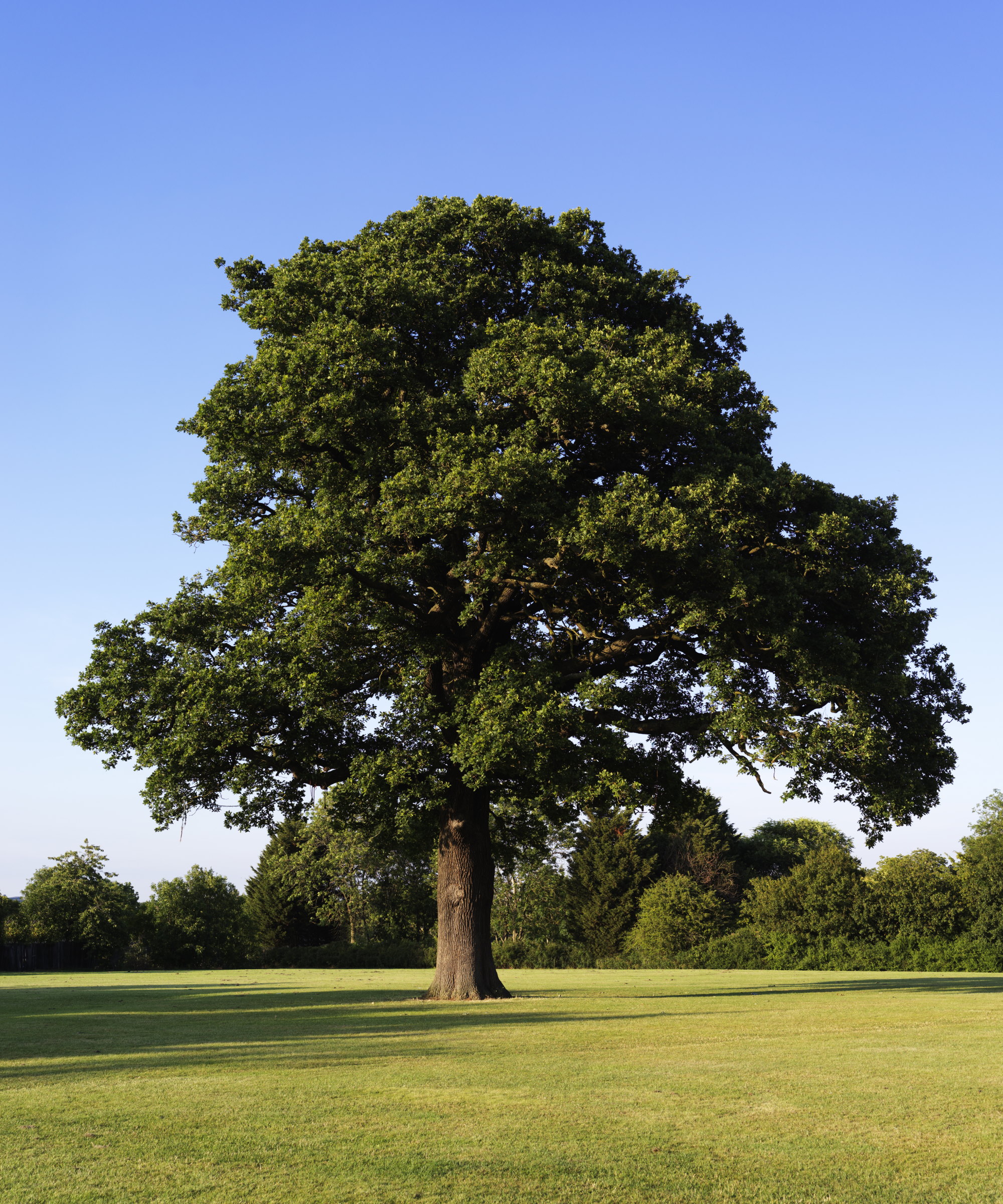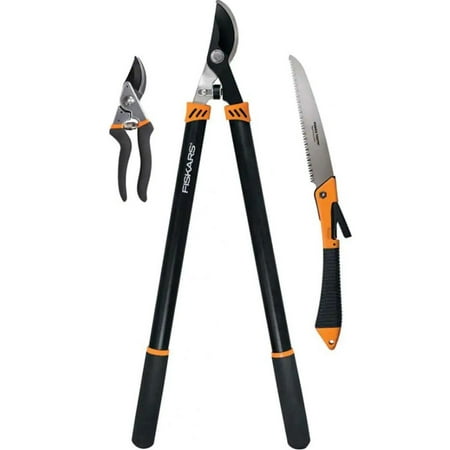This is your last chance to prune oak trees to avoid a potentially fatal disease that can kill trees within months, arborists reveal
Stay safe and discover what you can prune at different times of the year


Oaks are historic and majestic trees that can grow for hundreds of years and reach over 100 feet in height. They are grown in many landscapes but do need regular pruning. So what is the right time to prune oak trees and why is getting it right so important?
Whether trimmed for health, safety, or aesthetics, it is imperative to understand when to prune oak trees to keep them protected. Pruning anytime outside of dormancy is a risky business as it leaves oaks susceptible to a fatal disease known as oak wilt.
This guide takes a closer look at when to prune trees and contains advice from two arborists on what you can and cannot trim at different times. It also reveals what you must consider before and after pruning to protect oak trees from pests and disease.

What is the best time of year to prune oak trees?
Pruning oak trees is important for several reasons. They need to be pruned to keep them healthy, to prevent them from causing damage to people or buildings, and to maintain their beauty. Whatever the reason, you need to understand when to prune oak trees (and when to never prune trees) to prevent disease and respond to trimming optimally.
When to prune oak trees

Oak trees must be pruned during their dormancy, from late fall to late winter or early spring. You can trim them anytime between November and March, but pruning trees in March is the last chance to do any trimming before the sap starts flowing again in spring.
Pruning during dormancy offers several benefits, but the primary reason is to keep oak trees safe from disease, particularly the potentially devastating oak wilt.
Oak wilt (Ceratocystis fagacearum) is a fungal disease that can quickly kill oak trees within a few months of infection. It is prominent in eastern and mid-western US states and is lethal to most types of oaks, including native oak species.
Design expertise in your inbox – from inspiring decorating ideas and beautiful celebrity homes to practical gardening advice and shopping round-ups.
Oak wilt is prevalent in spring and early summer and spread primarily by sap-feeding beetles. Pruning oak trees in winter significantly reduces the risk of trees succumbing to oak wilt, as the beetles are not an issue in the colder months.
‘If pruning wounds are made in winter, sap will still ooze out, but sap beetles won't be around to feed on it - or infect the tree with oak wilt,’ says Mason Hanrahan, experienced arborist and president at Tim-O-Tree.
‘By the time spring rolls around, and sap beetles are active again, the pruning wounds will no longer be oozing the sap that attracts them.’
Removing any live wood while the sap-feeding beetles are active would be a tree pruning mistake that risks infection, though you can remove dead branches as you spot them whatever the time of year.
When it comes to damaged or diseased branches, they are best removed when spotted to maintain the health and safety of the tree. If these need to be removed outside the ideal window, measures must be taken to mitigate the risk.
Guy Sternberg, co-owner of Starhill Forest Arboretum, which houses one of North America’s most extensive oak collections, wrote in the International Oaks Journal of the International Oak Society: ‘If damage dictates such pruning, non-phytotoxic wound dressings should be applied to discourage the access of insects to the wound.’
Oak trees respond better to pruning during dormancy. Winter pruning reduces the level of stress on the tree and it can recover and seal the wound quickly once it starts actively growing, without too much cost to its natural growth cycle.
The final reason that pruning in winter is best is that you can get a better view of the shape and form of the deciduous tree while it is stripped of leaves.
It makes spotting dead, damaged, or diseased branches easier. Plus you can identify how to prune tree branches for safety reasons - to remove completely or cut them back if they pose hazards to people and property or impact the visibility of roads or driveways.

Mason Hanrahan is an ISA-Certified Arborist and Qualified Tree Risk Assessor. He practices arboriculture in Ottawa, Canada, focusing primarily on tree removal and tree risk mitigation. Mason has been running Tim-O-Tree since 2018 and loves sharing knowledge and educating the public about trees.
FAQs
How often should you pollard an oak tree?
Pollarding is a pruning technique that controls the height of trees and keeps them smaller than when left to grow naturally. If you have a pollarded oak as part of your backyard ideas, you must head out with the pruning tools to cut them back every year or two after being first pollarded when young.
Oak trees can live for hundreds of years. If you want to try a fun growing experiment for many generations to enjoy, then you can grow an oak tree from an acorn. It can make a slow but satisfying journey to gather, sprout, and then transplant an oakling to develop into a glorious oak tree over the years.
Next time you see fallen acorns in the fall, why not consider gathering some and trying to grow your own oak tree?

Drew has worked as a writer since 2008 and was also a professional gardener for many years. As a trained horticulturist, he worked in prestigious historic gardens, including Hanbury Hall and the world-famous Hidcote Manor Garden. He also spent time as a specialist kitchen gardener at Soho Farmhouse and Netherby Hall, where he grew vegetables, fruit, herbs, and cut flowers for restaurants. Drew has written for numerous print and online publications and is an allotment holder and garden blogger. He is shortlisted for the Digital Gardening Writer of the Year at the 2025 Garden Media Guild Awards.

